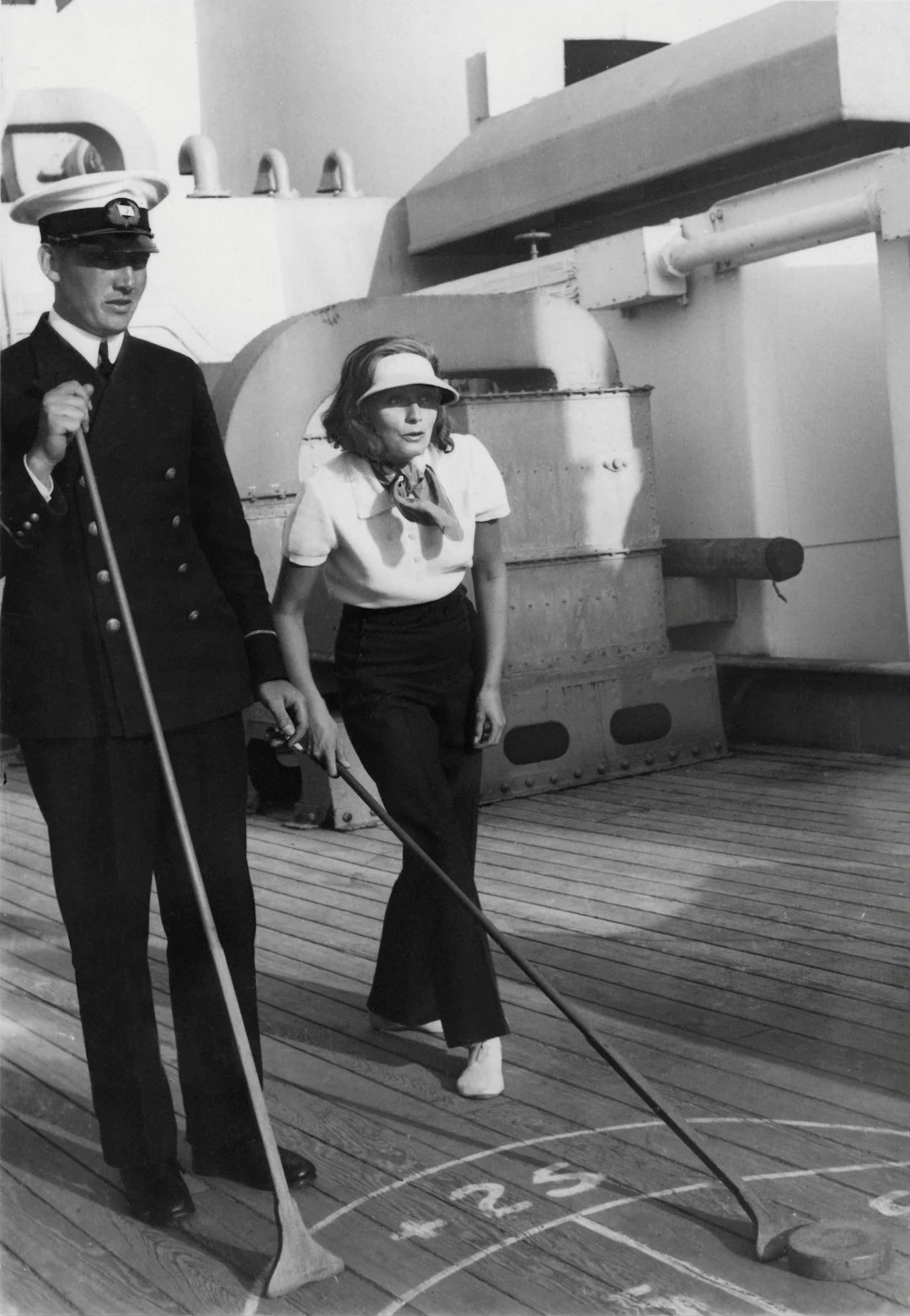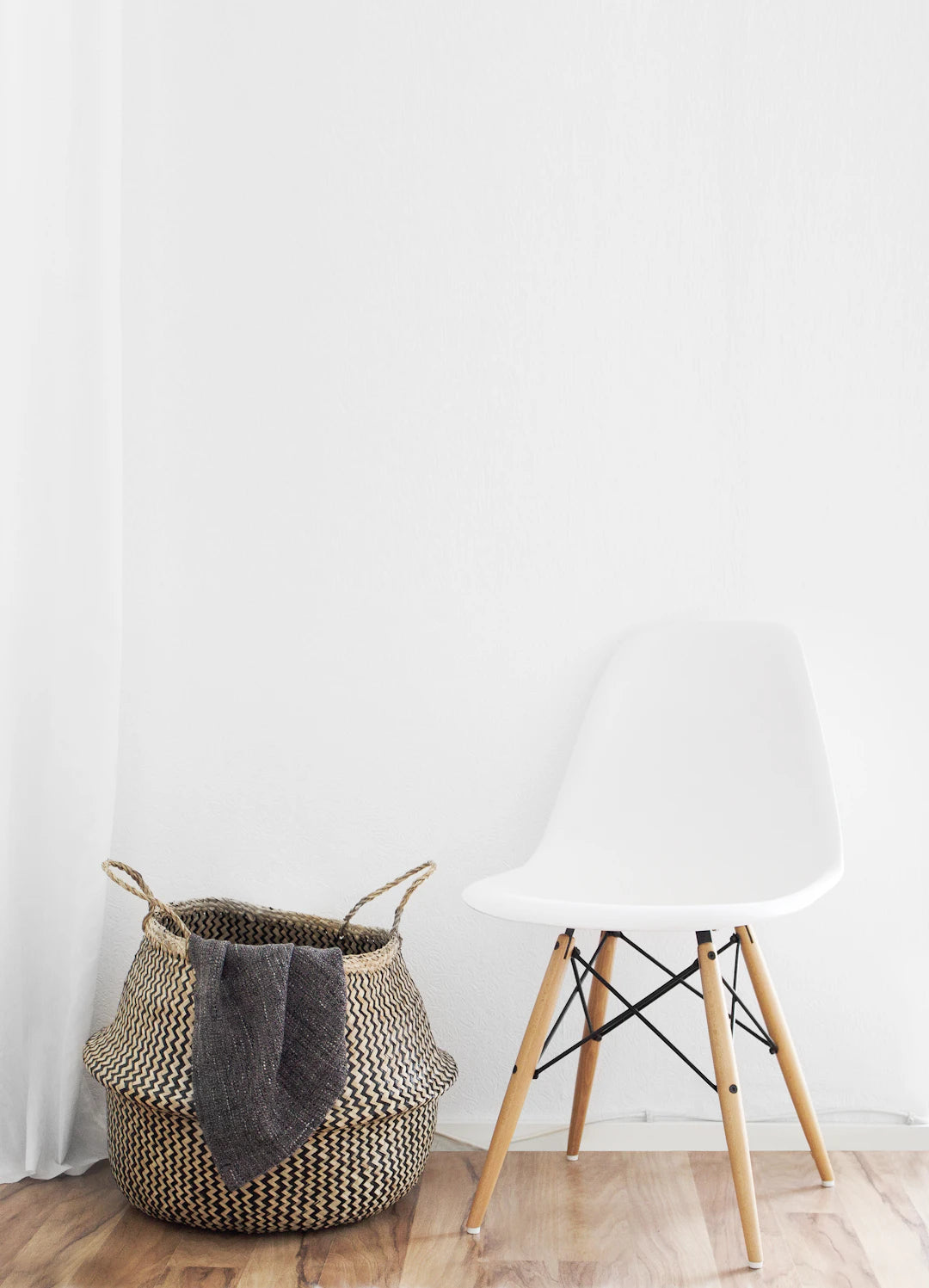Frequently Asked Questions
1. What is the origin of shuffleboard?
2. How did shuffleboard evolve over time?
3. What is deck shuffleboard?
4. What are the health benefits of playing shuffleboard?
5. How can someone get started with shuffleboard?
Shuffleboard, a game that has entertained generations, has a rich history that dates back hundreds of years. Its evolution reflects not just the changing techniques of gameplay but also the cultures that have embraced this unique pastime. In this blog post, we’ll explore the intriguing past of shuffleboard, its transformation through the ages, and how it has become a staple in both homes and recreational facilities today.
The Origins of Shuffleboard
Shuffleboard’s origins can be traced back to the 15th century in England. The game was initially played on the ground, with players sliding wooden disks or pucks along a smooth surface. This early form of shuffleboard was known as “shovel board.” Historical records indicate that the game was popular with the nobility and was often played during social gatherings.
Shovel Board in Historical Context
Shovel board was not just a game but a social event. Nobles would gather at manor houses and castles, engaging in intense matches while enjoying leisure time. The game required skill and precision, as players aimed to slide their pucks towards a designated scoring area. Its appeal lay in its simplicity and the excitement it generated among players and spectators alike.
The Transition to Shuffleboard Tables
By the 17th century, shuffleboard began to evolve into the version we see today. With the advent of shuffleboard tables, players could enjoy the game indoors, thus widening its appeal. The wooden tables were often handmade, featuring a smooth surface designed to allow the pucks to glide effortlessly.
Commercialization and Popularity Growth
As shuffleboard tables became more accessible, the game grew in popularity beyond the aristocracy. It found a place in pubs and taverns in England, making it a favorite pastime for the working class as well. The game became a social equalizer, allowing individuals from all walks of life to engage in friendly competition.
Shuffleboard in America
Shuffleboard made its way across the Atlantic to America in the early 20th century. The game was embraced by enthusiasts and quickly became popular in bars, clubs, and even backyards. The growth of shuffleboard was partly fueled by American ingenuity, leading to the development of variations, including deck shuffleboard.
Deck Shuffleboard’s Unique Twist
Deck shuffleboard, unlike its table counterpart, is played on a long court where players must slide their pucks to score points. This version of the game appeals to a wider audience and has become especially popular in retirement communities and recreational centers. The outdoor setting allows players to enjoy the game while basking in the sunshine, promoting health and social interaction.
The Evolution of Equipment
Over the decades, shuffleboard equipment has seen significant changes. From the materials used in pucks to the surfaces of the tables and courts, innovation has driven the evolution of this beloved game.
Modern Shuffleboard Pucks and Tables
Contemporary shuffleboard pucks are often made from advanced composites that offer better weight distribution and glide. Similarly, shuffleboard tables are now produced using high-quality woods and polished finishes, allowing for an unrivaled playing experience. The integration of new materials has made shuffleboard more enjoyable and has enhanced the level of competition among players.
Shuffleboard Tournaments and Competitions
As the popularity of shuffleboard grew, so did the emergence of organized competitions. The formation of official leagues and tournaments helped to establish shuffleboard as a competitive sport. Today, shuffleboard tournaments are held worldwide, attracting players of all skill levels and ages.
The Joy of Competition
Participating in shuffleboard tournaments not only hones player skills but also fosters community engagement. Enthusiasts gather to share their love for the game, develop friendships, and compete for prizes. The spirit of competition and camaraderie is palpable at these events, enhancing the overall shuffleboard experience.
The Role of Shuffleboard in Modern Culture
In recent years, shuffleboard has experienced a revival in popularity, particularly among millennials and younger generations. Its combination of social interaction, skill, and fun makes it an ideal choice for casual gatherings and parties.
Shuffleboard in Bars and Recreational Venues
Many bars and recreational venues have incorporated shuffleboard tables into their entertainment offerings. This resurgence has made shuffleboard a trendy activity, often accompanied by food and drinks, providing a vibrant atmosphere for socializing.
The Health Benefits of Playing Shuffleboard
Aside from being enjoyable, shuffleboard offers several health benefits. The game encourages physical activity, helping players to improve their coordination, balance, and strategic thinking. For older adults, shuffleboard is particularly beneficial as it promotes exercise in a low-impact manner, making it easier for them to stay active.
Staying Active at Any Age
Communities and organizations often promote shuffleboard as a way to engage seniors in friendly competition, thereby improving their mental and physical health. Local shuffleboard leagues provide an excellent opportunity for seniors to remain socially active while enjoying physical activity.
The Future of Shuffleboard
As we look ahead, shuffleboard shows no signs of losing its charm. With advancements in technology, we could see more innovations in gameplay and equipment, ensuring the game remains relevant in modern society. With more individuals searching for engaging social activities, shuffleboard is poised for a continued resurgence.
Embracing Tradition While Innovating
Shuffleboard maintains its authentic appeal while adapting to contemporary tastes. The sense of tradition and community heritage is deeply ingrained, yet the game evolves to meet the expectations of new players. This balance ensures that shuffleboard will captivate audiences for generations to come.
Getting Started with Shuffleboard
If you’re intrigued by shuffleboard and interested in trying your hand at the game, here are some simple steps to help you get started:
- Learn the Rules: Familiarize yourself with the basic rules and scoring system of shuffleboard to ensure a smooth gameplay experience.
- Find a Location: Search for local bars, clubs, or community centers that have shuffleboard tables available for public use.
- Play with Friends: Organize matches with friends or join a local league to enhance your skills and enjoy the social aspect of the game.
- Practice Regularly: Like any sport, practice is vital. Regular play can enhance your skills and confidence.
Get Ready to Play Shuffleboard!
The colorful history and evolution of shuffleboard illustrate its universal appeal and adaptability through the ages. Whether you’re a seasoned player or a newcomer, shuffleboard invites you to partake in its rich tradition of fun, competition, and social connection. As you dive into this game, remember that every slide of the puck is linked to a story that transcends time and cultures. Enjoy discovering and sharing that journey as you embrace your shuffleboard adventure!



